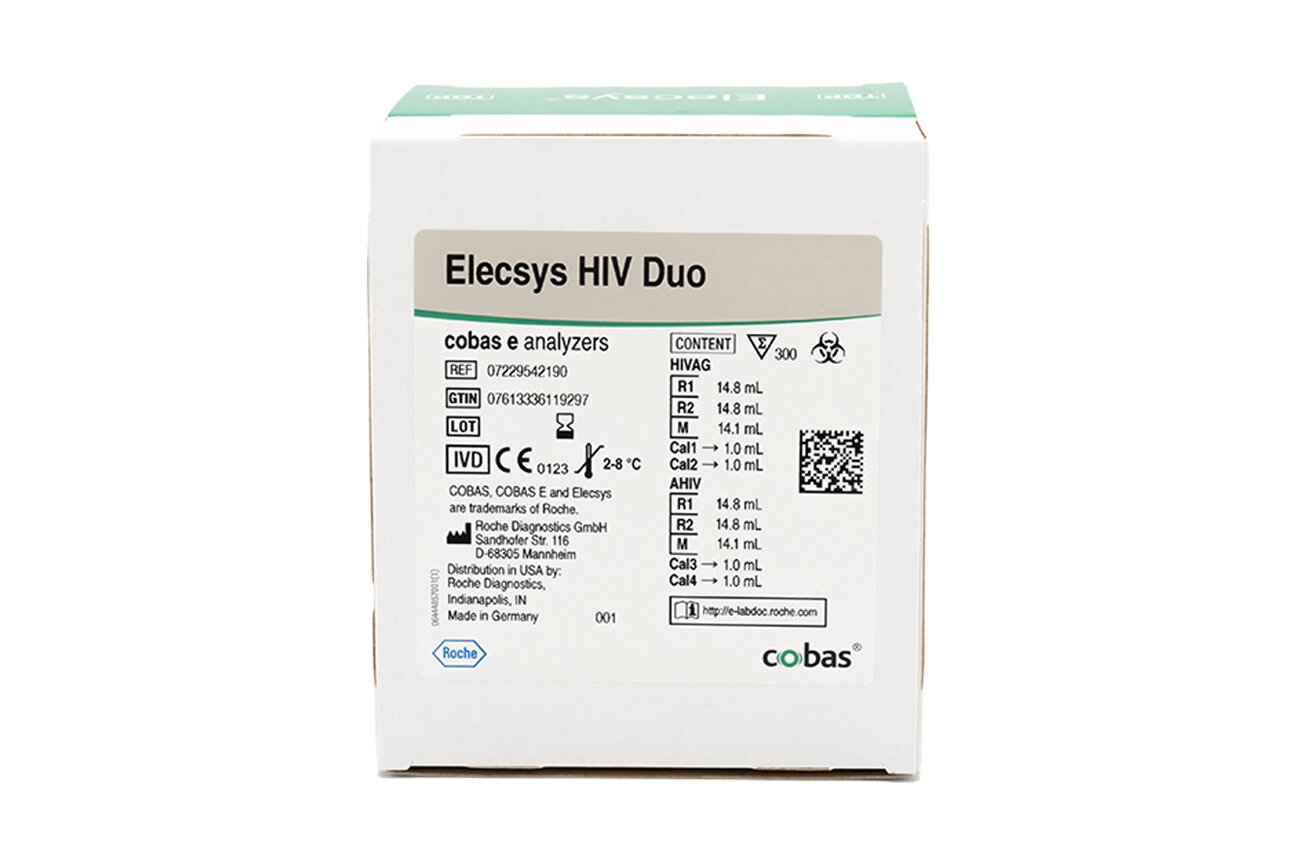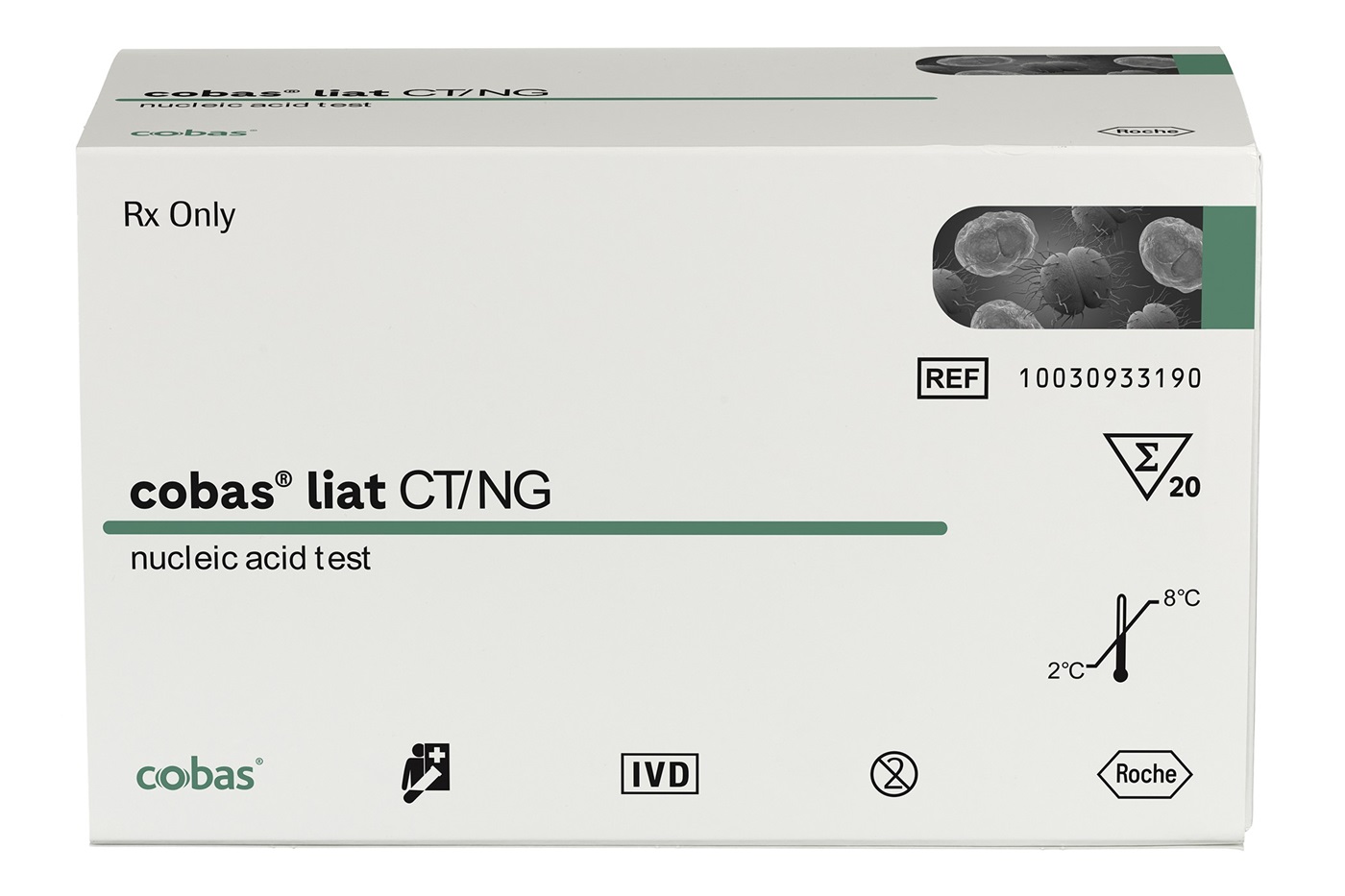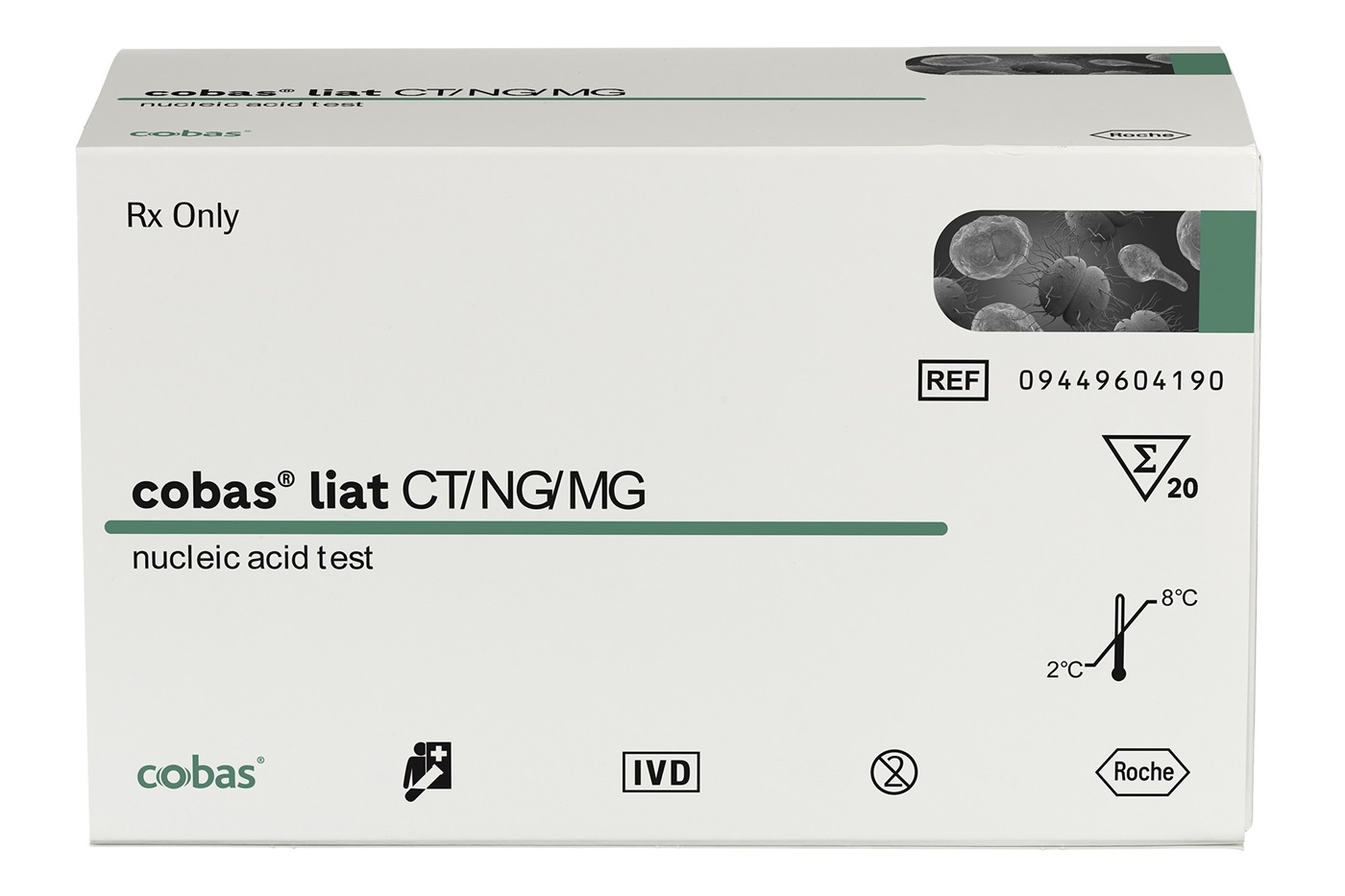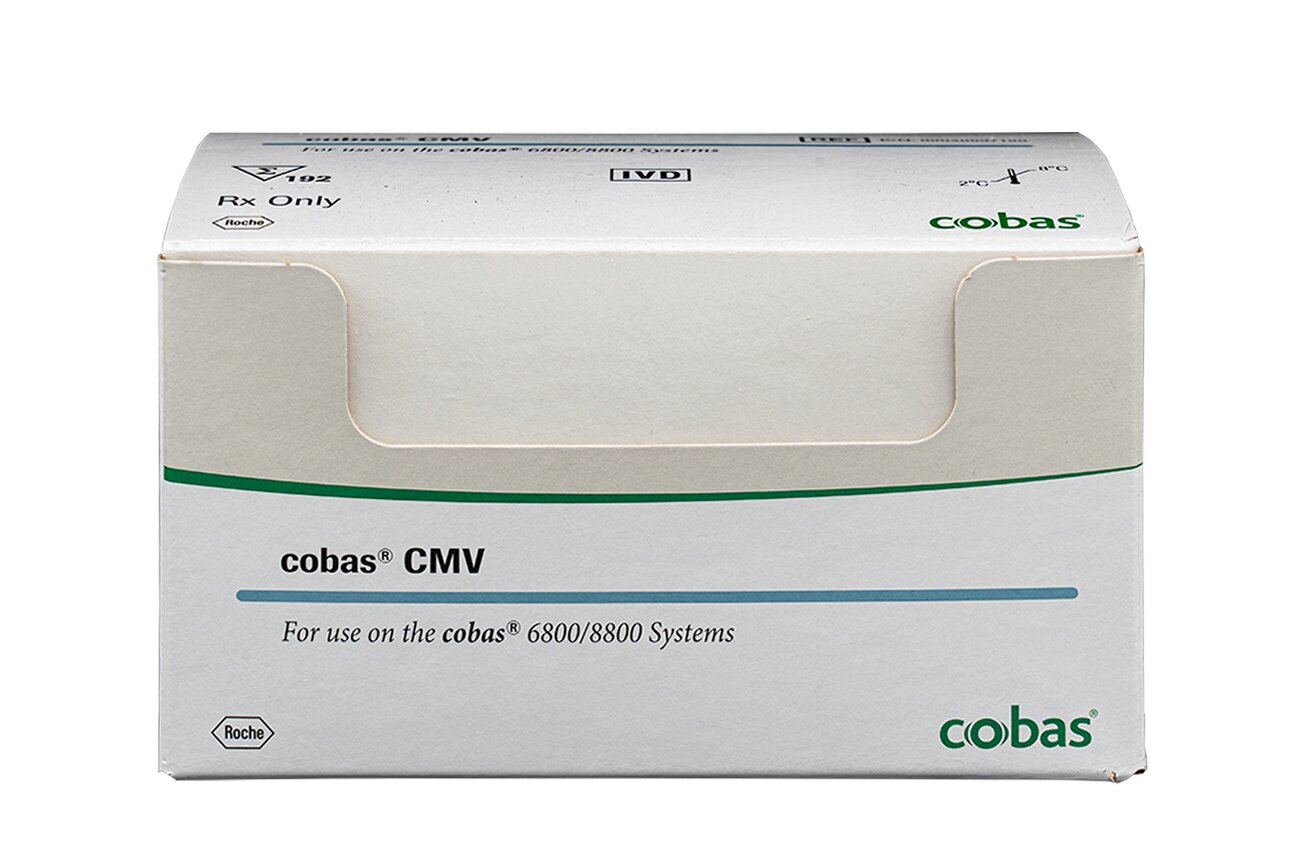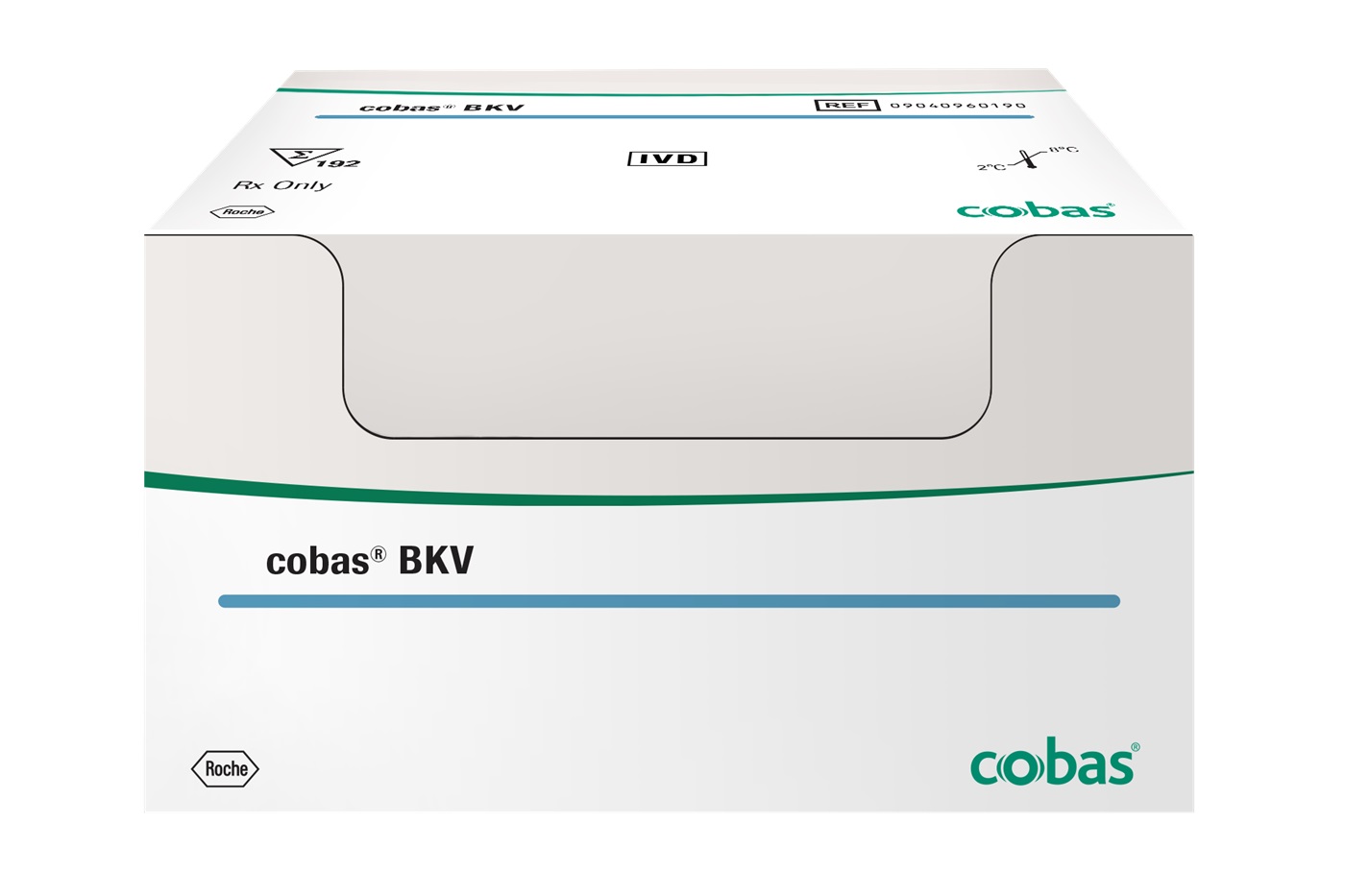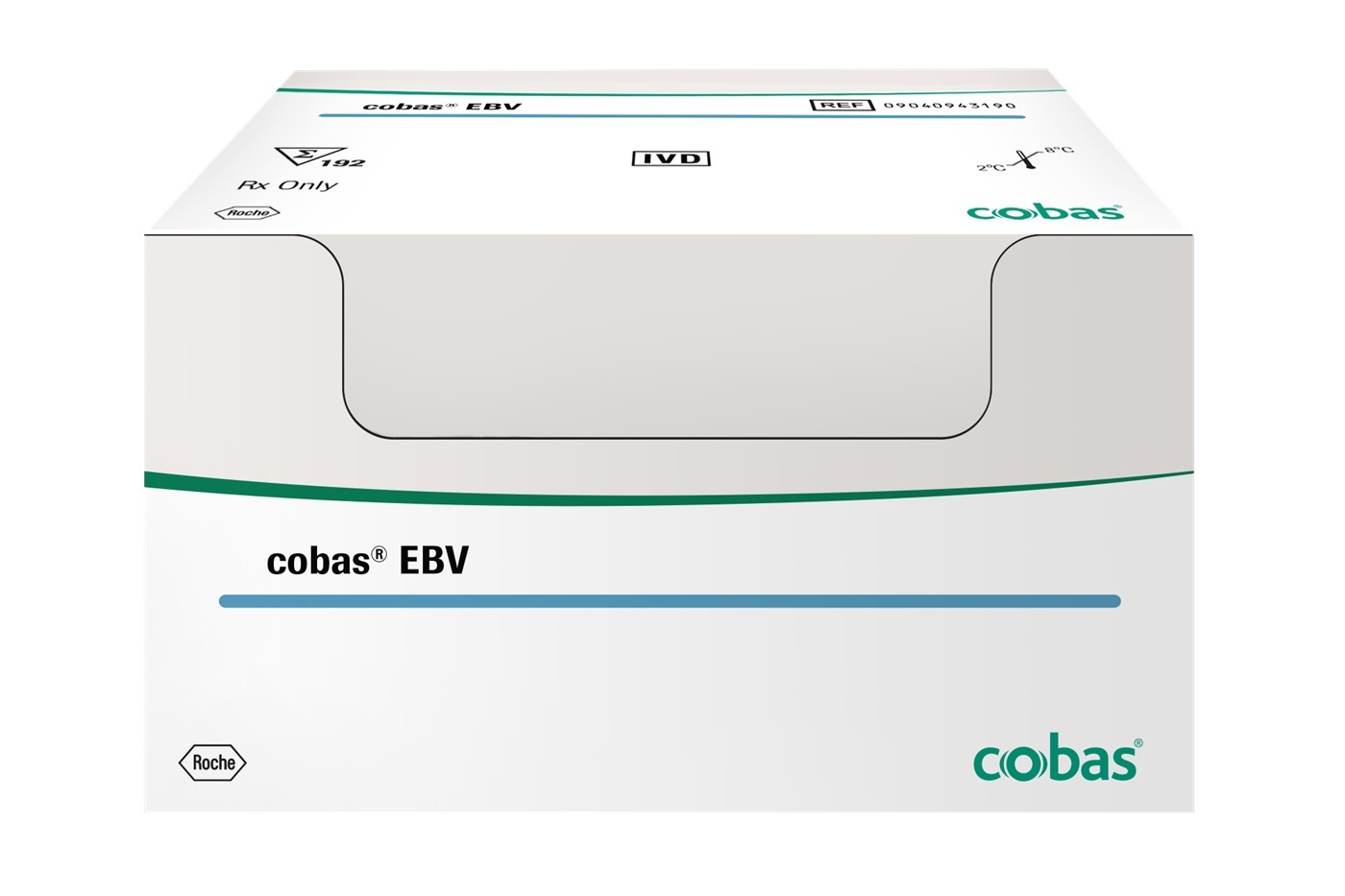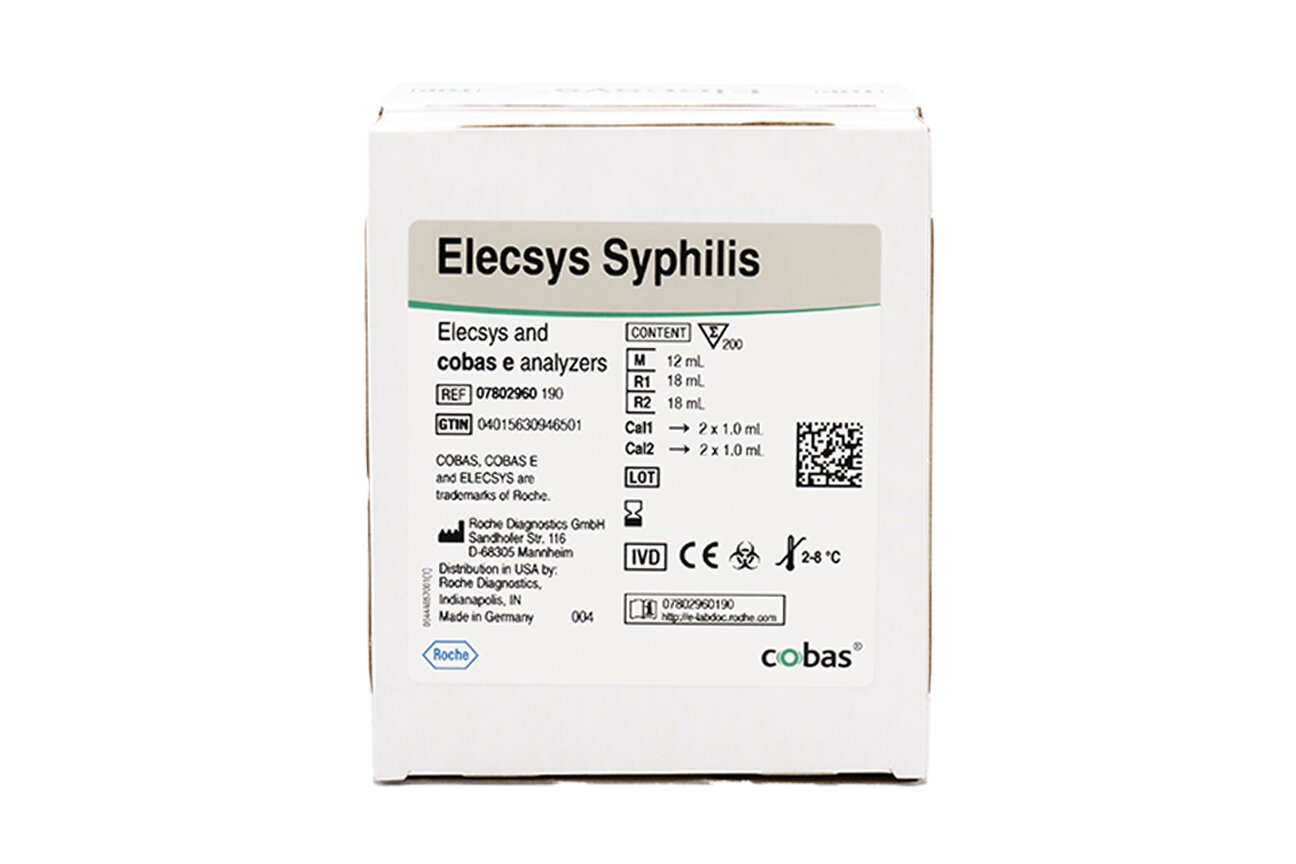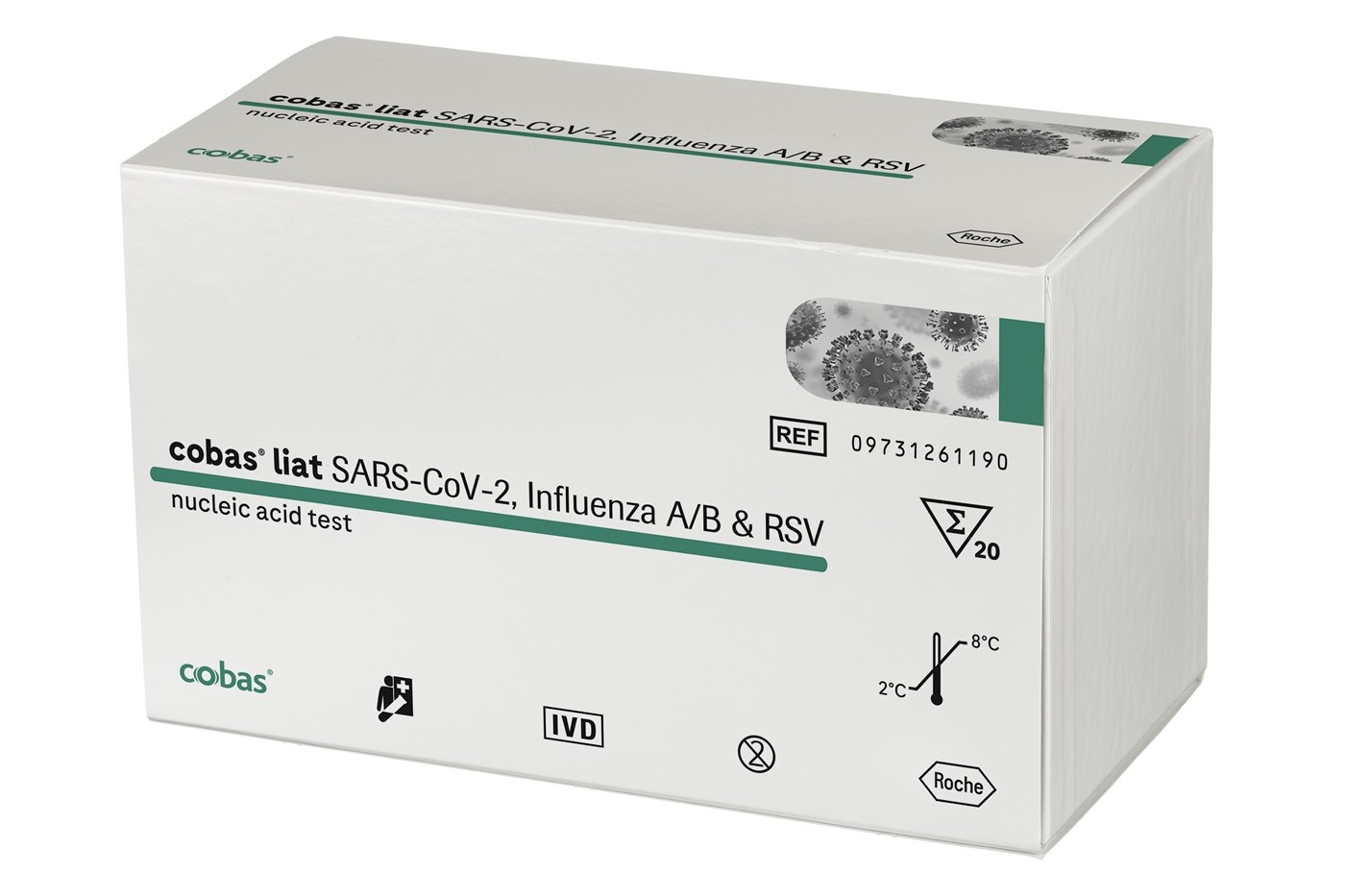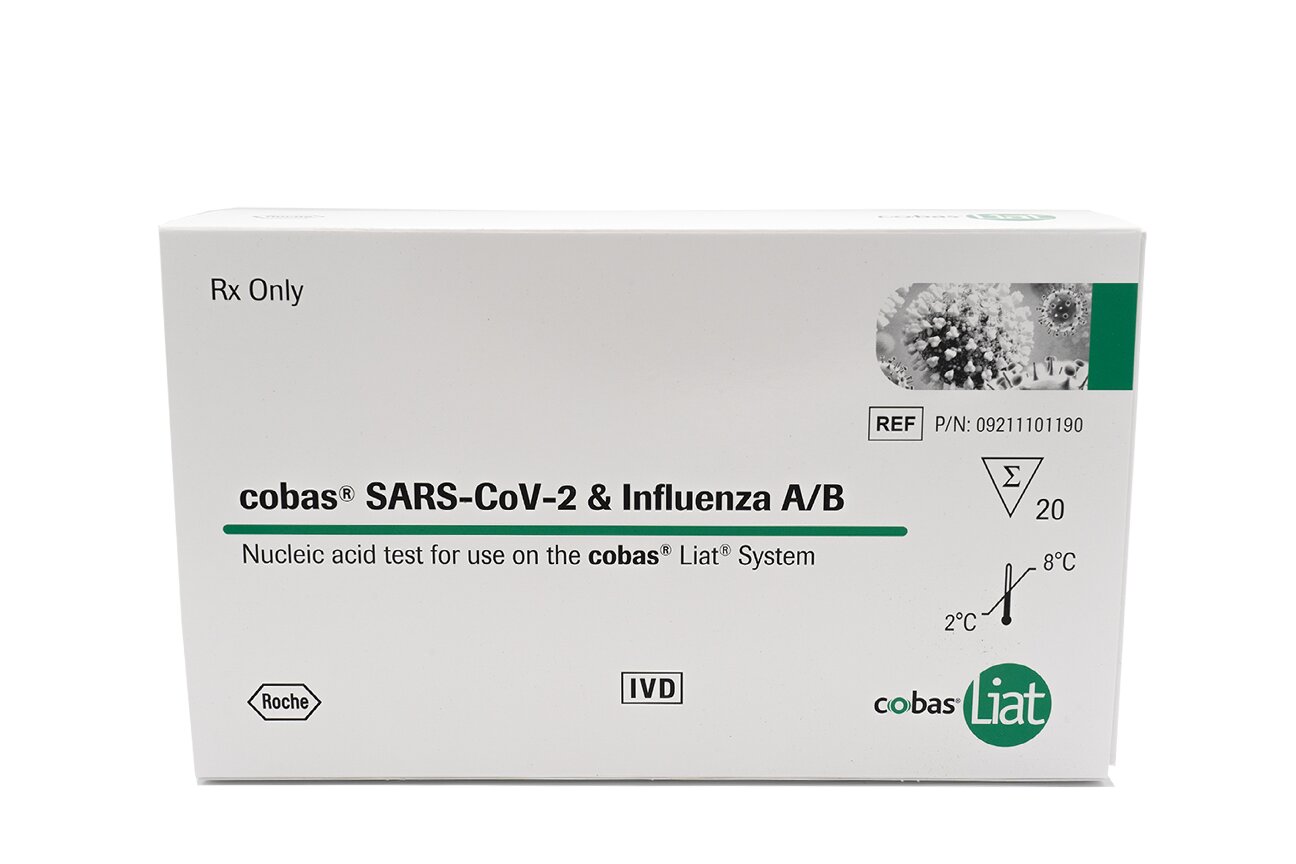Shining a light on infectious diseases management
Shining a light on infectious disease management
Infectious diseases are one of the most significant causes of mortality worldwide, accounting for more than 13 million deaths in 2019.1 According to the World Health Organization (WHO), six out of ten threats to global health in 20192 were related to infectious diseases and were ranked third in terms of deaths behind heart diseases and cancer.3 Without timely intervention and preventative measures, infectious diseases can spread rapidly with potentially catastrophic effects.
At Roche, our patient-centric approach continues to focus on expanding our extensive portfolio of trusted and flexible infectious diseases diagnostics solutions. From immunochemistry, molecular, and blood safety solutions, as well as near patient care diagnostic solutions, we empower our partners to maximize their medical value and meet the needs of patients today and in the future.
Major global health and economic burden
Diagnostics plays a crucial role in the field of medicine and healthcare. You may wonder why this aspect is so vital. Without precise testing methods to identify underlying health issues, the practice of medicine can resemble navigating without a compass—uncertain and risky.
Accurate and timely diagnoses contribute significantly to optimizing resources and minimizing costs for patients and healthcare providers alike. At Roche, we provide an extensive and advanced testing suite that encompasses a wide range of diagnostic tools and technologies, designed to address the unique and varied needs of your patients. Whether dealing with common ailments or complex conditions, our solutions aim to enhance diagnostic accuracy, ultimately improving health outcomes for all involved.
Despite huge progress in understanding, prevention, access to care, and treatment over the last century, infectious diseases continue to impact lives across the United States and worldwide. In 2023, the CDC estimated that infectious diseases were the cause of over 10 million physician office visits and nearly 4 million emergency department visits.1 Together, we can allow more timely clinical intervention, provide earlier diagnosis, and reduce unnecessary healthcare costs.
Knowledge is power - explore the prevalence of major infectious diseases to understand the impact to your patients
HIV
Approximately 1.2 million people in the U.S. have HIV, with about 13% unaware of their diagnosis.1
In 2022, just over one third of those who could benefit from pre-exposure prophylaxis (PrEP) were prescribed it, though that number is expected to increase.2
Viral hepatitis
Up to 6.9 million people may be living with hepatitis B or C infection in the US, less than half of which are diagnosed.3
Though hepatitis C is now a curable infection, less than a third of those diagnosed have received necessary DAA treatment.4
Sexually transmitted infectious (STIs)
Sexually transmitted infections (STIs) are among the most common infections worldwide. More than 1 million people acquire a STI every day.5
STIs affect all patient populations, all genders, and a wide age range, meaning they can have a significant impact on huge numbers of patients. In the U.S. alone, it is estimated that 1 in 5 people have an STI – totalling to more than 68 million cases per year and believed to still be only a fraction of the true number of cases.6
Respiratory
Upper respiratory tract infections are a major public health issue & lead to an estimated 17.2 billion cases and 9,460 deaths globally.9
Early diagnosis of upper respiratory tract infections is crucial for controlling spread and providing targeted treatment to patients. However, many respiratory infections exhibit common symptoms, making accurate diagnosis challenging without molecular testing.10
Tuberculosis (TB)
Tuberculosis cases across the US have been rising, with a 15.6% increase in 2023.11
The CDC estimates that up to 13 million people in the US are living with a latent TB infection.12
HPV
Infection with HPV is common, and in most people the body can clear the infection by itself. Sometimes, however, the infection does not go away and becomes chronic. Chronic infection, especially when certain high-risk HPV types cause it, can eventually cause certain cancers, such as cervical cancer.13
Cervical cancer is the fourth most common cancer in women. In 2022, an estimated 660 000 women were diagnosed with cervical cancer worldwide and about 350 000 women died from the disease. Effective primary (HPV vaccination) and secondary prevention approaches (screening for, and treating precancerous lesions) will prevent most cervical cancer cases.14
Sexually transmitted infections are on the rise. Access to screening and diagnostic testing can be the first line of defense. Diagnostics and innovative testing can make STIs manageable conditions.
Roche testing solutions deliver confidence in care for transplant patients
Fostering the achievement of Public Health goals for healthy communities through innovation, partnership and impact to health policy
Respiratory testing solutions to enable early treatment decisions and improve patient outcomes
Benefits of Roche infectious disease solutions
For over 125 years, Roche has been tackling healthcare’s most urgent challenges. As the world leader in healthcare research and development, we strive to bring cutting-edge diagnostic solutions to patients across the United States. Our approach is to support patients and providers with diagnostics solutions, decision support, and disease management. We excel in clinical and digital transformation to help address critical healthcare needs when and where they matter most.
We are dedicated to simplifying diagnostics to make healthcare more efficient and accessible. Some of our many significant milestones in 2024 include the deployment of 100 cobas® 5800 systems and the launch of innovative solutions like the cobas® liat SARS-CoV-2, Influenza A/B and RSV test. We’re introducing new assays and tools designed for seamless integration and improved workflow efficiency, enabling labs to deliver faster, more reliable results. These advancements reflect our commitment to operational simplicity, empowering healthcare providers to focus on what matters most: better outcomes for patients.
Our dedication to quality and innovation extends beyond product development. We offer comprehensive support services, including training, consultation, and technical assistance, to ensure that our partners can fully leverage our solutions. This holistic approach helps laboratories and healthcare providers operate more efficiently with the goal to deliver better outcomes for patients.
New standard of care
With increasing complexity, breadth, and volume of infectious disease testing, healthcare systems need a reliable, long-term partner to support better patient outcomes. At Roche, we are dedicated to providing cutting edge, high-quality diagnostic solutions and leveraging data-driven insights to advance the practice of medicine. Our unwavering commitment to our mission, Doing Now What Patients Need Next, ensures we are here to empower you in delivering the highest standard of patient care. Our goal is simple: to help patients live longer, healthier lives.
References
HIV.gov. U.S. Statistics. https://www.hiv.gov/hiv-basics/overview/data-and-trends/statistics (Accessed April 2025).
- CDC.gov. National Center for HIV, Viral Hepatitis, STD, and Tuberculosis Prevention. Expanding PrEP coverage in the United States to achieve EHE goals. https://www.cdc.gov/nchhstp/director-letters/expanding-prep-coverage.html (Accessed April 2025).
CDC.gov. National Center for Health Statistics, Infectious Diseases. https://www.cdc.gov/nchs/fastats/infectious-disease.htm. (Accessed April 2025).
HHS.gov Viral Hepatitis in the United States. https://www.hhs.gov/hepatitis/learn-about-viral-hepatitis/data-and-trends/index.html. (Accessed April 2025).
World Health Organization, Sexually Transmitted Infections https://www.who.int/health-topics/sexually-transmitted-infections#tab=tab_1. (Accessed April 2025).
National Academies of Sciences, Engineering, and Medicine; Crowley JS, Geller AB, Vermund SH, editors. Sexually Transmitted Infections: Adopting a Sexual Health Paradigm. Washington (DC): National Academies Press (US); 2021 Mar 24. 2, Patterns and Drivers of STIs in the United States. Available from: https://www.ncbi.nlm.nih.gov/books/NBK573159/ (Accessed April 2025).
Added from Resp flex "Unmet need" document. Source Jin X, et al. EClinicalMedicine. 2021; 37:100986. https://pubmed.ncbi.nlm.nih.gov/34386754/ (Accessed April 2025).
Bartlow, Andrew W et al. “Comparing variability in diagnosis of upper respiratory tract infections in patients using syndromic, next generation sequencing, and PCR-based methods.” PLOS global public health vol. 2,7 e0000811. 20 Jul. 2022, doi:10.1371/journal.pgph.0000811.
CDC.gov Hepatitis C surveillance 2021 https://www.cdc.gov/hepatitis/statistics/2021surveillance/hepatitis-c.htm.
CDC.gov. National overview of STIs, 2022. https://www.cdc.gov/std/statistics/2022/overview.htm. 2 Stamm LV.
CDC.gov. Reported Tuberculosis in the United States, 2023. https://www.cdc.gov/tb-surveillance-report-2023/summary/national.html.
CDC.gov. Tuberculosis Data, latent TB infection in the United States - published estimates. https://www.cdc.gov/tb-data/latent-tb-infection-estimates/index.html.
“Cervical Cancer Risk Factors | Risk Factors for Cervical Cancer.” American Cancer Society, www.cancer.org/cancer/types/cervical-cancer/causes-risks-prevention/risk-factors.html.
World Health Organization: WHO. Cervical Cancer., www.who.int/health-topics/cervical-cancer#tab=tab_1.

